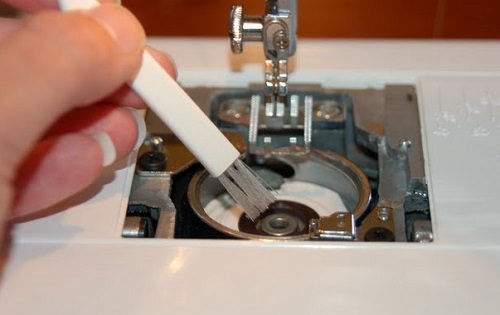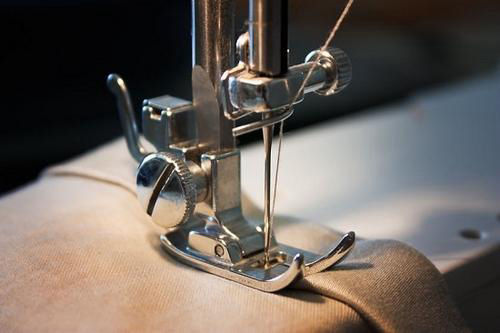
Always use the correct needle sizes

Your project stands or falls on how good the bobbin runs. Winding it wrong and you will see your effort becomes nothing. So first, make sure you use the right bobbin. Different sewing machine lines come with different bobbin designs. Mess up the bobbin and your machine will not run properly.
Winding and loading a bobbin can be a bit tricky and time-consuming for some models. So to save yourself some time, pick a model with a bobbin that is user-friendly. Many best-rated sewing machines for beginners are equipped with such bobbins. If you don't know about the models with the best reviews, visit this website for more information.
Cover it
Change the needle after each major project
Clean the machine

Use good thread
The low-quality thread might come at a cheaper price but in the long run, it can harm your sewing machine. Avoid glazed and waxed thread altogether. It is for hand sewing only. Even when the package states that the thread can be used for both machine and hand sewing, any kind of coating is bad for your machine.
Find a good sewing shop and buy from them. They do not only have a decent stock of thread but they also know a lot about which thread is good for sewing with a machine.
Stay away from canned air
You know that you have to clean your sewing machine often, but when you do, remember to avoid using canned air. Instead, use a brush to clean away dust, thread bits, and lint. Many sewing machines come with this kind of brush.
If yours doesn’t, you can always buy one. If you are wondering what wrong with canned air that I recommend avoiding it, here is the answer. Canned air tends to add moisture to the sewing machine, which in turn can create lint.
Oil the machine
Find a good repair tech
SHARE THIS PAGE!